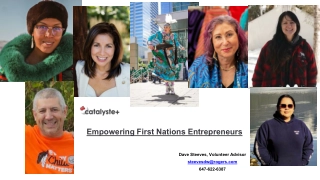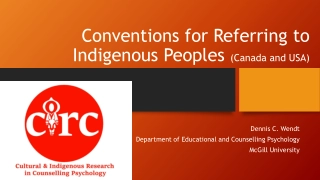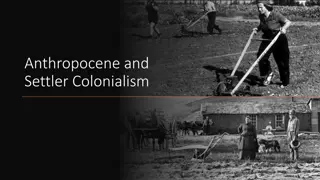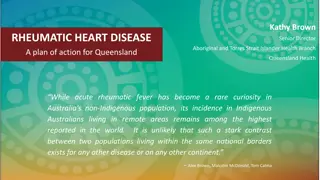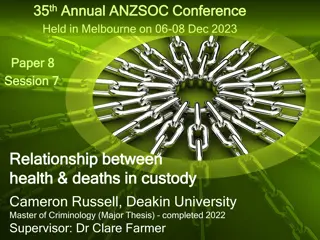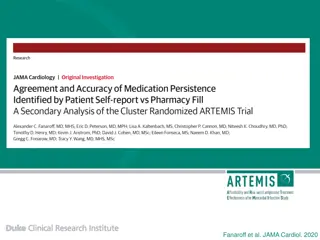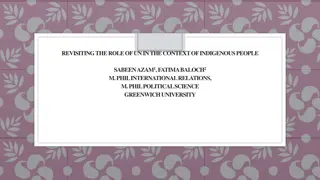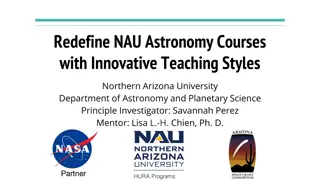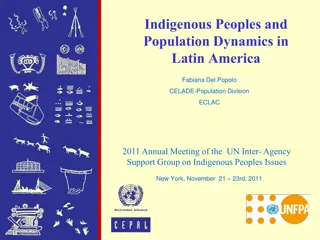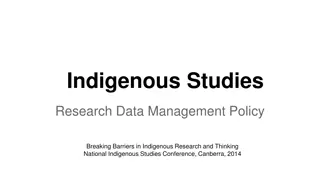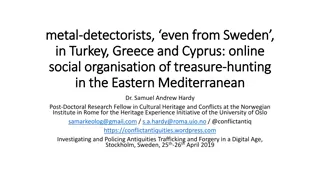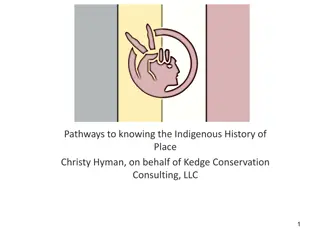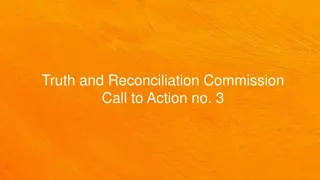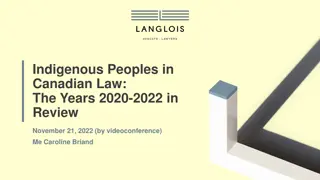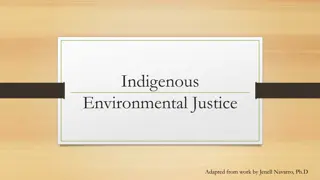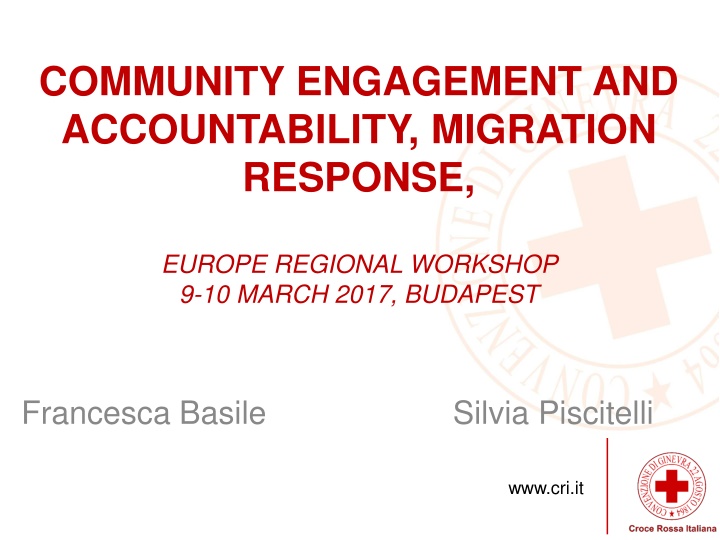
Eastern Pequot Archaeological Field School - Indigenous Cultural Persistence
Dive into the ongoing field school dedicated to studying Indigenous cultural and community persistence within North Stonington, Connecticut. Collaborate with Native American community members, engage in community-focused learning, and ensure that archaeological work meets community needs. Meet project goals by maintaining community engagement, involving tribal members in fieldwork, seeking Tribal Council approval, and integrating community preferences into practices. Explore new forms of community engagement through a public/private website for sustained conversations and pedagogical enhancement.
Download Presentation

Please find below an Image/Link to download the presentation.
The content on the website is provided AS IS for your information and personal use only. It may not be sold, licensed, or shared on other websites without obtaining consent from the author. If you encounter any issues during the download, it is possible that the publisher has removed the file from their server.
You are allowed to download the files provided on this website for personal or commercial use, subject to the condition that they are used lawfully. All files are the property of their respective owners.
The content on the website is provided AS IS for your information and personal use only. It may not be sold, licensed, or shared on other websites without obtaining consent from the author.
E N D
Presentation Transcript
COMMUNITY ENGAGEMENT AND ACCOUNTABILITY, MIGRATION RESPONSE, EUROPE REGIONAL WORKSHOP 9-10 MARCH 2017, BUDAPEST Francesca Basile Silvia Piscitelli www.cri.it
GROUND TROUTH - THE GOAL Enabling migrants and host communities to provide regular feedback and respond to that feedback in a swift manner To enable National Societies to use Ground Truth s feedback methodology to track the perceptions of migrants and host communities in countries of transit or arrival, such as Turkey, Greece and Italy, and destination countries, such as Denmark, Finland, Germany and Sweden. Meet their operational objectives by reducing the vulnerability and suffering of migrants through the provision of core services, and the promotion of social inclusion and acceptance of www.cri.it migrants.
FEEDBACK CYCLE Design Course correction Data collection Dialogue Analysis www.cri.it
DESIGN - HOW WE DID IT Which feedbacks do we want to receive? Three group discussions Which is the correct way to ask for feedbacks? Questionnaire tailored to the different contexts Short term projects Long term projects Transit www.cri.it
The questionnaire Q1. Are your basic needs met? Q2. Do you have the information you need to get help? Q3. Do you understand your asylum procedure? Q4. Are people s opinions taken into account by the people working in this centre / safe point? Q5. If you have a problem, do you talk about it with the people working in this centre / safe point? Q6. Do you feel safe here? [Question 7 not to be asked from people staying in Tendopoli or visiting a safe point!] Q7. Do you think the skills you learned here will help you in your future?
DATA COLLECTION DIFFERENT CONTEXTS DIFFERENT APPROACH DIFFERENT DURATION OF THE PROJECS SETTIMO TORINESE ROMA - Humanitarian presidium - Emergency response (camp) - Extraordinary Reception centre (CAS) - Protection system for asylum seekers and refugees (SPRAR) CATANIA - Safe point DATA COLLECTORS Red Cross Staff (italians and migrants) www.cri.it
ANALYSIS www.cri.it
DIALOGUE - When service users feel heard and believe that their opinions matter, they participate more actively because it benefits them to do so. - By communicating feedback results, your reality can further raise awareness about its services among actual and potential communities. - One outcome of the dialogue can be concrete targets, against which success can be evaluated through further rounds of feedback collection. - Improvement of core services and staff awareness, and the promotion of social inclusion and acceptance of migrants. www.cri.it
COURSE CORRECTION - ACTIONS CLOSING OF FIRST PART 2 ROUND OF DATA COLLECTION SPREAD OF THE ACTIVITY toolkit Design Course correction Data collection www.cri.it Dialogue Analysis


